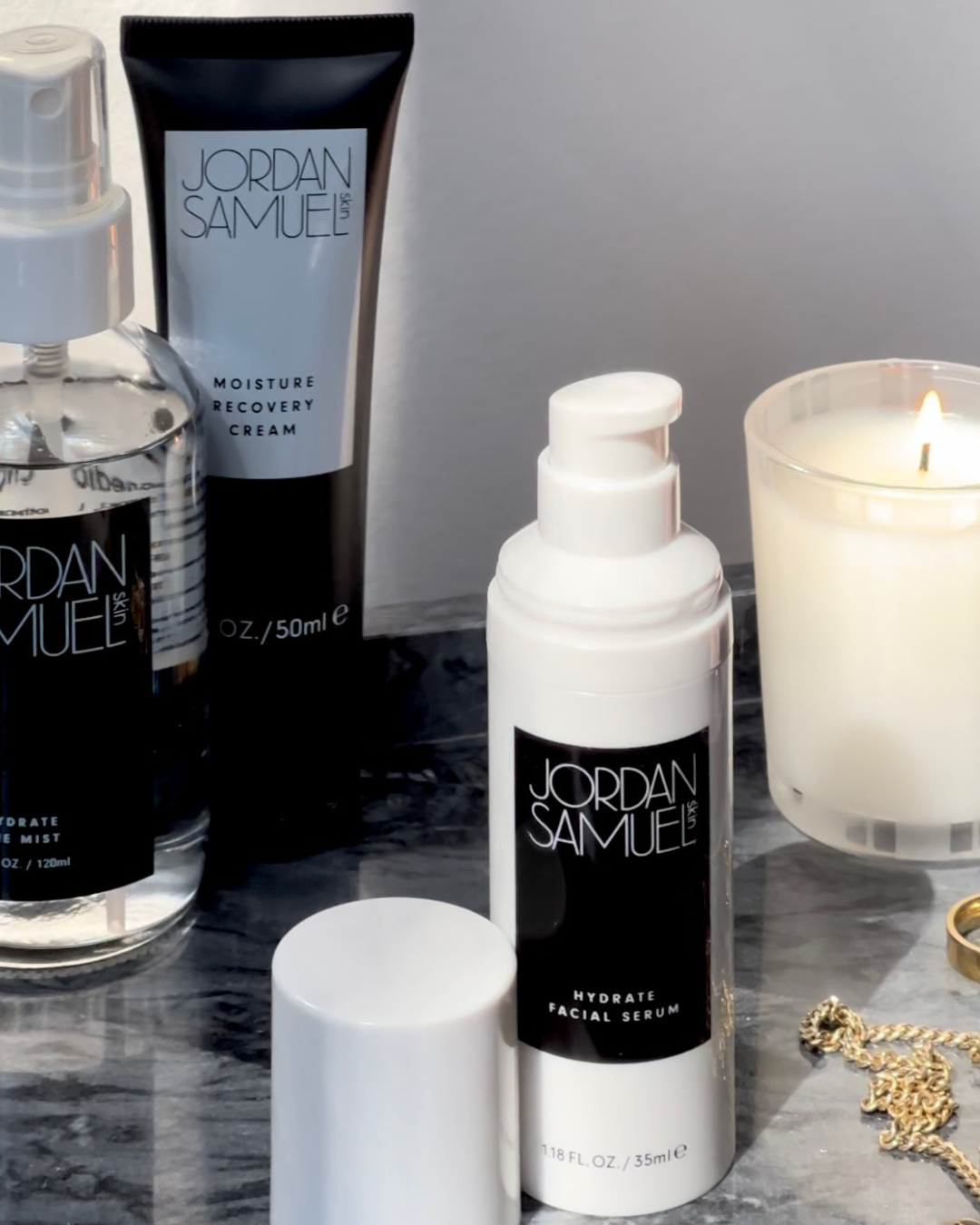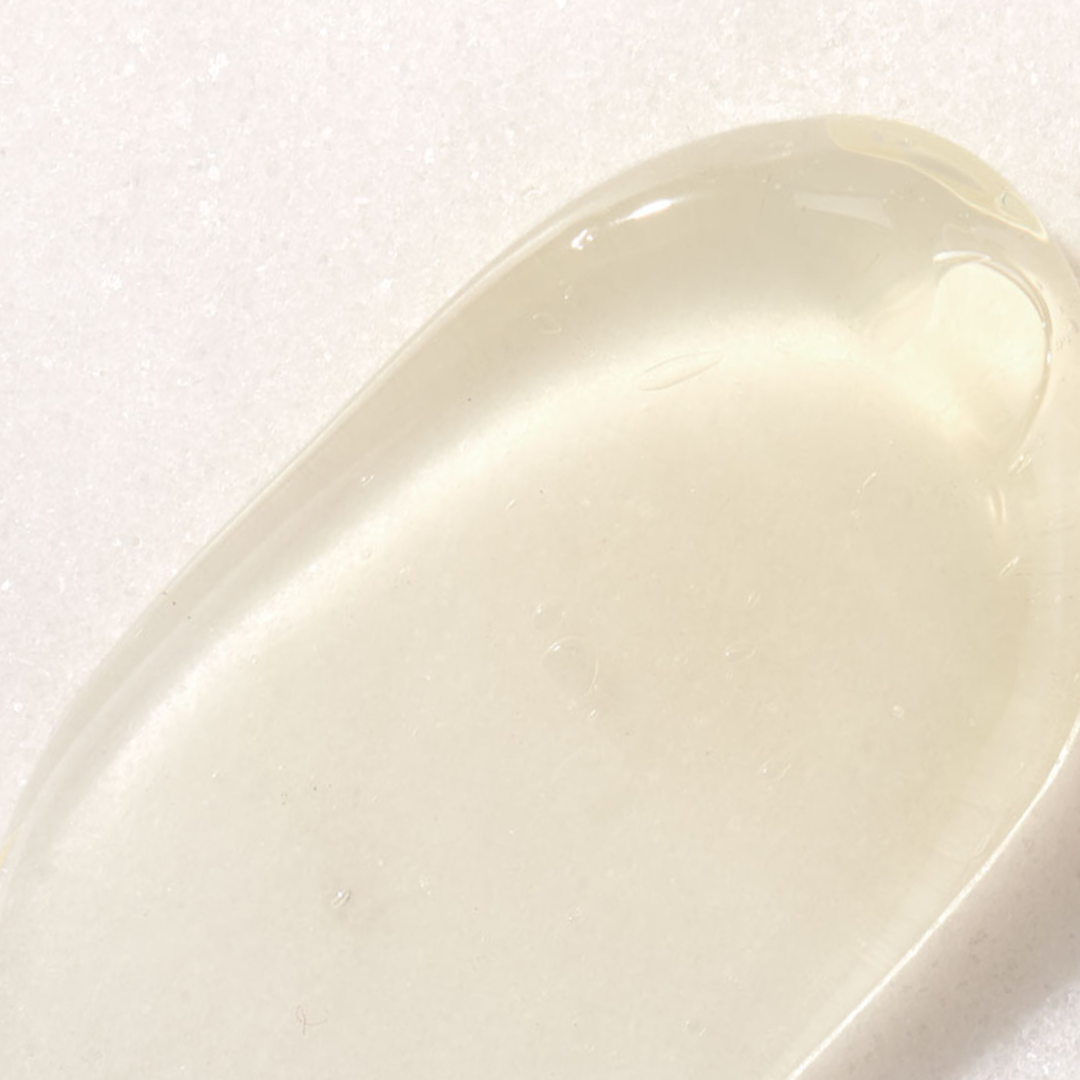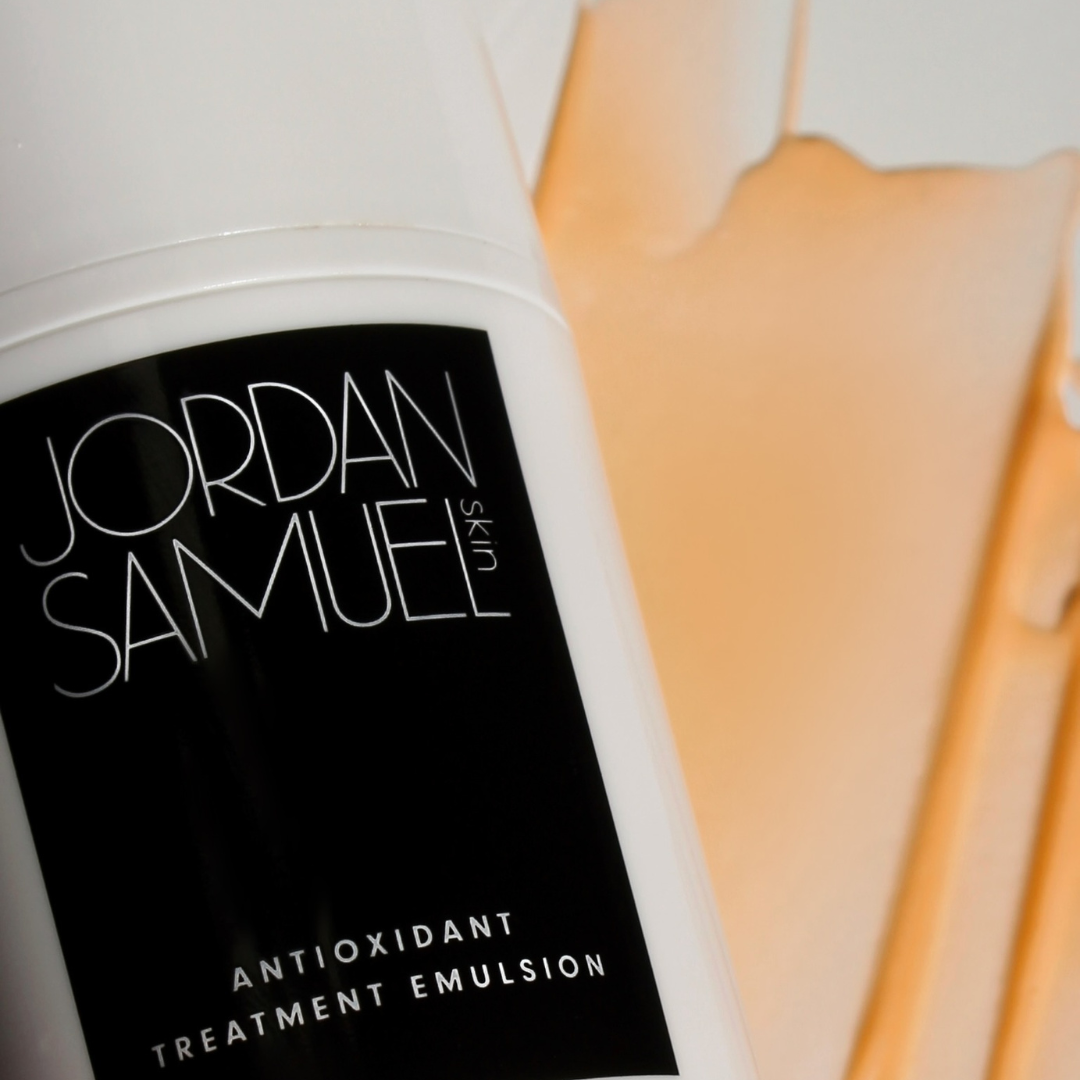By now, everyone recognizes the importance of retinol. It’s second only to SPF in its ability to maintain skin’s health and appearance as we age. One point of confusion remains—what’s the difference between the products I can buy for myself and the retinoids prescribed by a doctor?
It’s a matter of size. Retinol is the name for the whole vitamin A molecule. If you take that whole molecule and trim it down to only a small, highly potent portion, you'd have a vitamin A derivative—AKA a retinoid. Tretinoin (also called all-trans-retinoic acid, or ATRA) could be described as the king of retinoids; it’s the most well-researched and least accessible, available only by prescription. At a basic level, tretinoin is just a concentrated fragment of retinol.
Analogous Ingredients
Because of their shared origins, both retinol and retinoids function similarly and produce comparable results. They both stimulate cell turnover, improve skin’s tone and texture, and defend against environmental damage thanks to their powerful antioxidant properties. Research also suggests that while tretinoin delivers faster results, retinol can achieve a similar effect over a longer timeline. Think of retinol as the proverbial tortoise and tretinoin as the hare. If you look at progress in years rather than months or weeks, they’re pretty comparable.
Language Barriers
Retinoids tend to be stronger due to their refined size. However, the most noticeable difference between retinols and retinoids isn’t their structure or effect; it’s the language brands and marketers are allowed to use when describing them. Prescription retinoids like tretinoin and adapalene have undergone a long, expensive FDA process to gain drug status. Only a drug can make claims regarding structural changes to the skin. That’s why drug-status retinoids can claim that they stimulate collagen production, but non-drug retinol products use more euphemistic language. That often includes phrases like "may help improve" or "reduces the appearance of" concerns related to skin's structural elements like collagen.
Is More Really Better?
Surely, if a retinoid is more potent and requires a prescription, then it’s the superior choice…right? Maybe not! Like most aspects of skincare, it depends heavily on your skin type and concerns. Tretinoin’s potency also makes it quite sensitizing, and a reactive skin type might benefit from the slow-and-steady progress of a retinol. Additionally, retinol formulations have progressed a lot in the last decade or two; there are some supremely elegant and effective retinol products on the market that cost far less than prescription retinoids. These advances have also lead to some new non-prescription retinoids like hydroxypinacolone retinoate (HPR), which aims to combine the best of both worlds: increased potency with lower risk of irritation. Only time (and peer-reviewed studies) will tell, but there are plenty of reasons to be optimistic about the future of these commercially available ingredients!
The Takeaway
Retinol and retinoids have some structural differences, but work the same way and ultimately achieve a similar effect. A higher percentage or greater potency isn’t always advisable (remember the credo “less, but better”), so some people will benefit from choosing a retinol over a retinoid. Your individual skin needs and preferences are the real deciding factor. Just pay attention to your skin’s cues and respond accordingly!
XO,
Jordan




